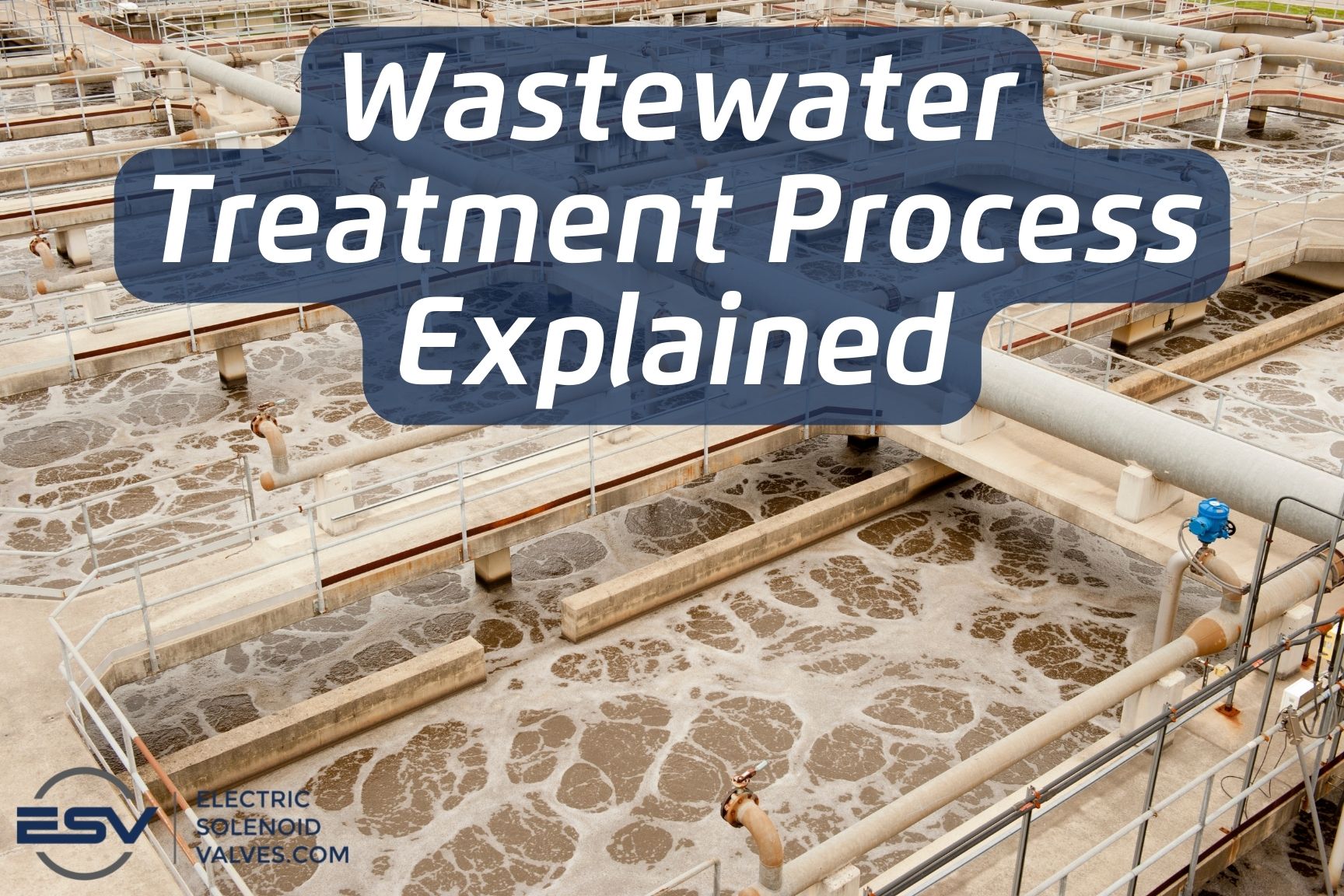Checking out the Function of Biotechnology in Waste Water Treatment
Wiki Article
Strategic Approaches to Enhance Waste Water Treatment Performance and Minimize Environmental Effect
In the world of waste water treatment, the quest for boosted effectiveness and minimized ecological effect is a continuous obstacle that demands calculated options. As society faces the critical to handle water resources sustainably, a nuanced method ends up being crucial. The assimilation of innovative treatment technologies, energy-efficient processes, source healing approaches, enhanced nutrient elimination strategies, and wise tracking and control systems stands for a diverse structure for addressing these pressing issues. What exists at the core of this facility web of approaches is the prospective to reinvent the means we approach waste water therapy, not simply as a process of disposal, but as an important opportunity for advancement and environmental stewardship.Advanced Therapy Technologies
Innovative membrane purification systems have actually reinvented advanced wastewater treatment processes, significantly improving the elimination of impurities. These innovative systems function forcibly water via a semi-permeable membrane layer, successfully dividing impurities from the water stream. The membrane layer's tiny pores catch contaminants such as microorganisms, viruses, and put on hold solids, enabling only cleansed water to travel through. This innovation has actually proven to be highly reliable in removing a large range of impurities, consisting of drugs, heavy metals, and organic substances, which are often challenging to eliminate via traditional treatment techniques.Moreover, membrane layer filtration systems provide various benefits over conventional treatment methods. They need less area, create higher-quality effluent, and are extra resistant to fluctuations in influent water top quality. In addition, these systems are very functional and can be conveniently integrated right into existing treatment plants or utilized as standalone devices for decentralized applications. As the need for tidy water remains to rise, the fostering of sophisticated membrane layer filtration modern technologies is necessary to ensure effective and sustainable wastewater treatment practices.
Energy-Efficient Processes
The integration of energy-efficient procedures in wastewater therapy systems is critical for enhancing source use and lowering operational expenses. By carrying out energy-efficient innovations, therapy plants can considerably decrease their carbon footprint and overall environmental influence. One vital technique to improving power performance in wastewater therapy is the usage of sophisticated aeration systems, such as fine bubble diffusers or surface area aerators, which can boost oxygen transfer performance and reduce power intake. Additionally, integrating power recuperation systems, like anaerobic food digestion for biogas production or using excess warmth for thermal processes, can help offset power requirements and promote sustainability.Furthermore, optimizing procedure control and automation through the usage of innovative sensors and keeping an eye on systems can improve overall power efficiency by changing procedures in real-time based on real need and conditions. Executing power audits and frequently monitoring energy efficiency signs are essential techniques to identify areas for renovation and track energy-saving efforts effectively. Generally, the adoption of energy-efficient procedures in wastewater treatment not just profits the environment but likewise contributes to lasting price savings and functional sustainability.
Source Recuperation Strategies
With a concentrate on enhancing resource usage and sustainability in wastewater therapy systems, the execution of source healing strategies arises as a critical aspect in boosting operational performance. Source healing techniques in wastewater therapy entail the identification and removal of useful sources from the waste stream, thereby transforming what was when thought about waste into an important property. By implementing resource healing techniques such as nutrient elimination and recuperation, energy generation from raw material, and the manufacturing of reusable water, wastewater treatment plants can reduce environmental influence while optimizing effectiveness.
Enhanced Nutrient Removal Methods
Applying sophisticated nutrient elimination strategies is important for maximizing the effectiveness of wastewater treatment systems. Enhanced nutrient elimination plays an important function in lessening the ecological impact of cured effluent released right into water bodies. One of the crucial strategies utilized for enhanced nutrient removal is the procedure of organic nutrient elimination (BNR), which includes the removal of nitrogen and phosphorus through organic procedures. This can be attained via using specialized bacteria that can convert nitrogen compounds right into inert nitrogen gas with denitrification, and build up phosphorus within their cells through a procedure called improved biological phosphorus removal (EBPR)
In enhancement to BNR, advanced treatment techniques such as membrane layer bioreactors (MBRs) and created marshes can additionally be employed to boost nutrient removal performance. By including these advanced nutrient elimination strategies into wastewater therapy systems, municipalities and industries can efficiently minimize nutrient contamination and secure the setting.
Smart Surveillance and Control Solution
Utilizing advanced modern technology, the integration of clever surveillance and control systems revolutionizes the functional performance of wastewater treatment facilities. These systems integrate innovative sensing units and data analytics to continually check essential parameters such as pH levels, turbidity, dissolved oxygen, and flow rates in real-time. By collecting and examining this information, operators can acquire beneficial understandings right into the efficiency of the therapy processes, enabling proactive changes to enhance treatment effectiveness.Smart surveillance and control systems likewise sustain remote monitoring abilities, enabling operators to access real-time information and control features from off-site places. This remote ease of access boosts operational versatility and responsiveness, allowing swift interventions in case of system malfunctions or variations in influent top quality. The anticipating upkeep capacities of these systems help stop tools failings and lessen downtime, ultimately boosting the overall reliability of wastewater therapy procedures.
Conclusion
Finally, critical strategies such as sophisticated treatment innovations, energy-efficient processes, source healing techniques, boosted nutrient elimination techniques, and smart surveillance and control systems play a critical function in enhancing wastewater therapy performance and decreasing environmental influence. By carrying out these techniques, wastewater treatment plants can enhance their general efficiency, reduce power consumption, recover useful sources, and ensure compliance with ecological laws. These techniques are vital for lasting and efficient wastewater administration methods.
In final thought, critical methods such as innovative treatment modern technologies, energy-efficient processes, source recovery techniques, boosted nutrient removal methods, and smart surveillance and control systems play a vital role resource in improving wastewater therapy performance and decreasing environmental effect.
Report this wiki page